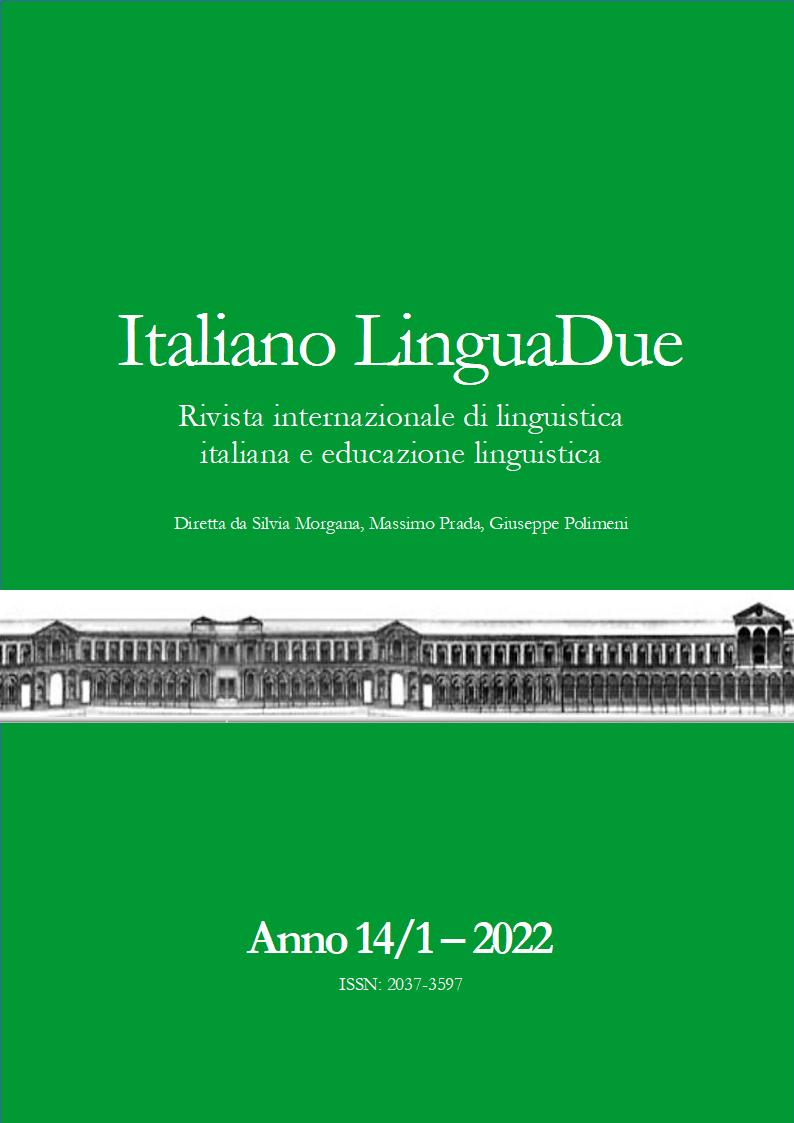SCRIVERE E RISCRIVERE I TESTI IN CHIAVE ACCESSIBILE E RAPPRESENTATIVA: ALCUNE INDICAZIONI PRATICHE
DOI:
https://doi.org/10.54103/2037-3597/18336Abstract
L’obiettivo di questo lavoro è individuare un punto di intersezione tra gli obiettivi dell’educazione linguistica (e in particolare della didattica testuale) e quelli dell’inclusione. In primo luogo si cerca di chiarire che cosa si intende in generale quando si parla di un testo accessibile e rappresentativo in àmbito didattico. In seguito si danno delle indicazioni di scrittura o riscrittura di un testo con finalità didattica, al fine di guidare chi scrive nel processo, variabile e graduale, verso l’accessibilità e la rappresentatività. Tali indicazioni sono pensate come spunti rivolti a chi, a vario titolo, produce quotidianamente materiali destinati alla didattica: docenti di tutte le discipline, docenti di sostegno, autori e autrici di sezioni di testi scolastici, creatori e creatrici di contenuti con finalità informativa e formativa. La trattazione delle caratteristiche su cui concentrarsi durante la stesura di un testo il più possibile inclusivo è suddivisa in tre parti: 1) aspetti materiali, grafici e di impaginazione del testo; 2) aspetti più specificamente linguistici; 3) aspetti legati alla rappresentatività. Infine si danno dei suggerimenti di attività da proporre in classe, nel tentativo di mostrare come la manipolazione guidata di un testo in senso inclusivo è un’operazione che in parte può coinvolgere anche le studentesse e gli studenti, permettendo loro di esercitarsi nell’uso della lingua e al tempo stesso di riflettere su di essa.
Writing and rewriting texts in an accessible and representative way: some practical suggestions
The purpose of this paper is to identify a meeting point between the objectives of language education and those of inclusion. First it is necessary to clarify what is meant by “an accessible and representative text” in a didactic context. Subsequently, suggestions are given for writing or rewriting a text for educational purposes, in order to guide the writer in the process towards accessibility and representativeness. These suggestions are for those who produce texts as didactic materials on a daily basis: teachers, authors of school textbooks, creators of contents for informative and training purposes. The characteristics to focus on when drafting an inclusive text are organized into three sections: 1) material, graphics and layout of the text; 2) linguistic aspects; 3) representative aspects. In conclusion, suggestions of activities are given for use in class, in an attempt to show how the guided manipulation of a text in an inclusive sense is an operation that can also involve students, allowing them to practice using language and at the same time to reflect on it.
Downloads
Published
Versions
- 2022-07-28 (2)
- 2022-07-18 (1)




